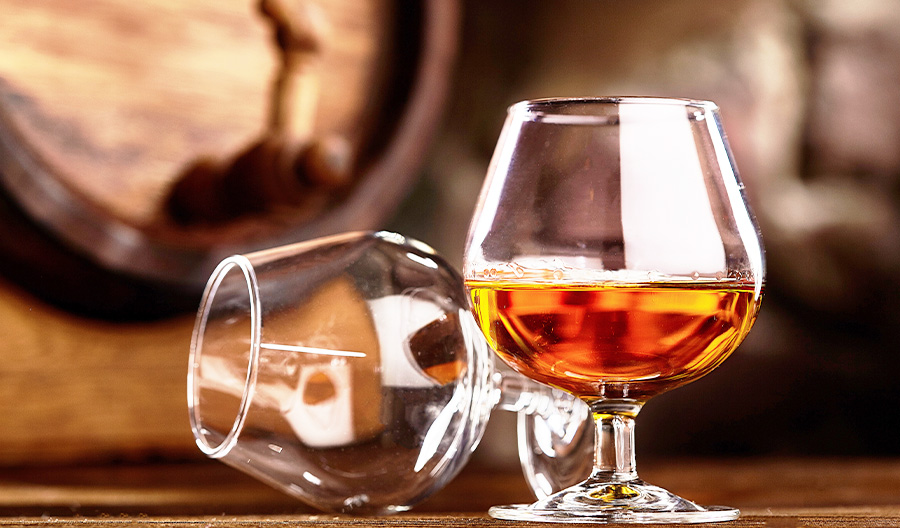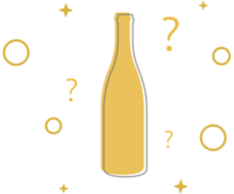From Emperor Napoleon to rap star Nas, Cognac has serious clout among discerning drinkers, but it’s much more than a pricey after-dinner drink. Double-distilled from white wine produced from grapes grown in the Cognac Appellation d’Origine Contrôlée, or AOC—an area extending from the banks of France’s scenic Charente River to the shores of the Atlantic Ocean—Cognac is a hot commodity with crossover appeal for wine drinkers. Here’s what you don’t know about the premium spirit.
1. All Cognac is brandy, but not all brandy can be considered Cognac.
2. For a brandy to be called Cognac, it must be made from specified grape varieties grown in the AOC (a majority of Ugni Blanc, with small portions of Colombard and Folle Blanche allowed), double-distilled in copper pot stills and aged at least two years in Limousin or Tronçais oak barrels. Cognac must be at least 40 percent alcohol.
3. The designations you see on Cognac labels—VS (Very Special), VSOP (Very Superior Old Pale) and XO (Extra Old)—are a guarantee of how long a Cognac has been aged. VS indicates that the Cognac has been aged at least two years, VSOP at least four years and XO (Extra Old) at least six years. Most Cognacs are aged much longer, however, featuring a blend of eaux de vie that can date back decades.


4. Bonuses are offered for grape growers or eau de vie makers who produce exceptional distillate, and the entire region is dependent on third-party grape growers,” says the representative of one major Cognac house. In other words, while major Cognac houses may grow a small percentage of their own grapes, the vast majority of the distillate they use to create Cognac comes from local winegrowers and distillers.
5. Usually taking place in October in Cognac vineyards, harvest time spreads out betweeen one and three weeks depending from the importance of the vineyards, the situation, the ripeness of the grapes.
6. 60 percent of Cognac consumption in the world is diluted—either it’s served on the rocks, with water or mixed in cocktails.
7. The French drink as much Scotch as they produce Cognac (nearly 12 million cases). The vast majority—95% of Cognac produced—is exported.
8. 50 years is the average lifespan of a copper pot still due to acidity and heat.
9. Coloring can legally be added to Cognacs to ensure consistency.
10. Writers as disparate as Victor Hugo and The Notorious B.I.G. have waxed poetic about Cognac over the years, but Busta Rhymes and P. Diddy’s hit 2002 song, “Pass the Courvoisier” can be credited with putting Cognac on the pop culture map.

